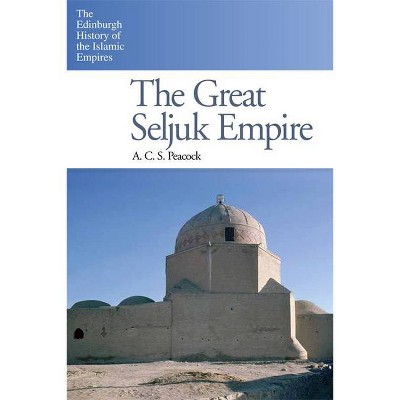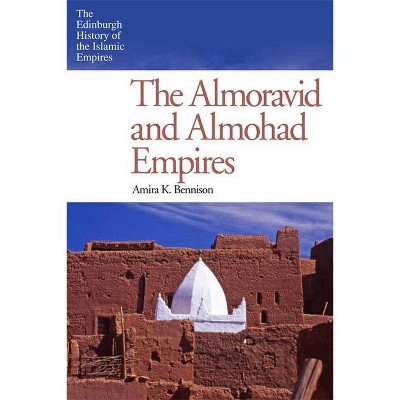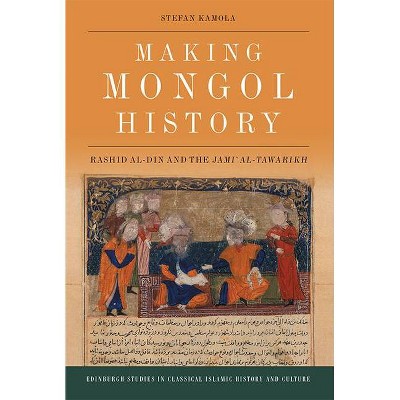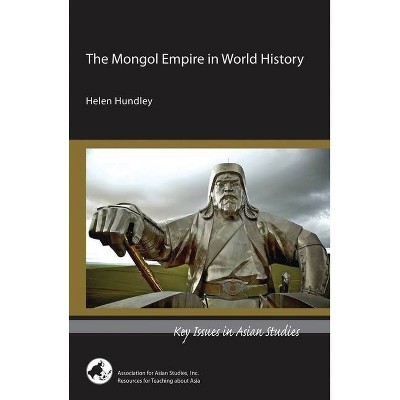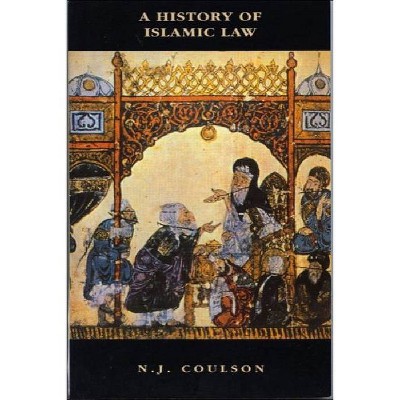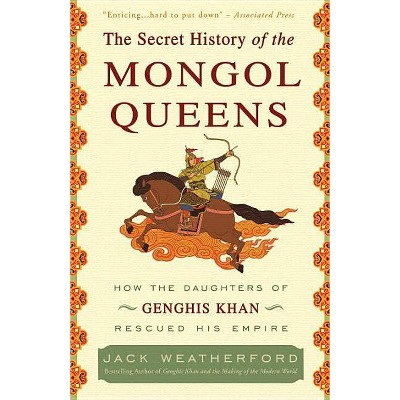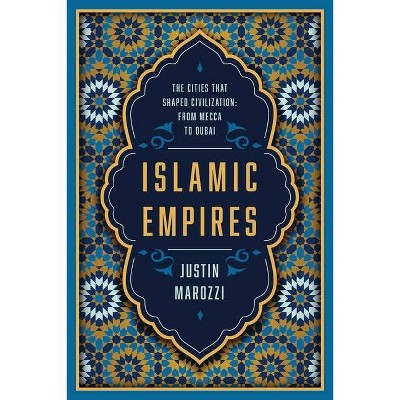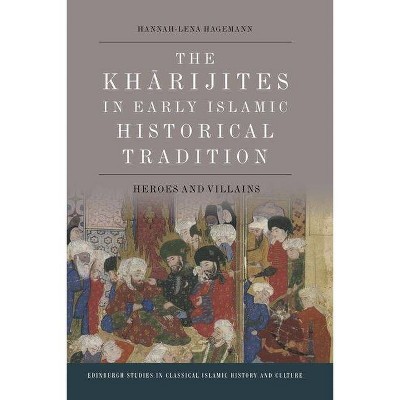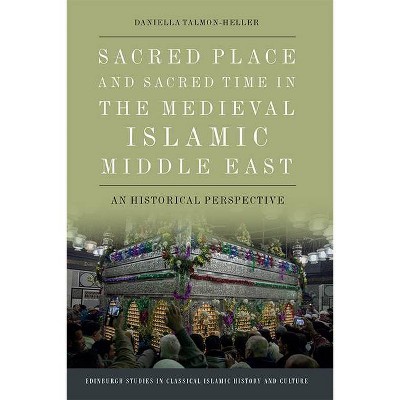The Mongol Empire - (Edinburgh History of the Islamic Empires) by Timothy May (Paperback)
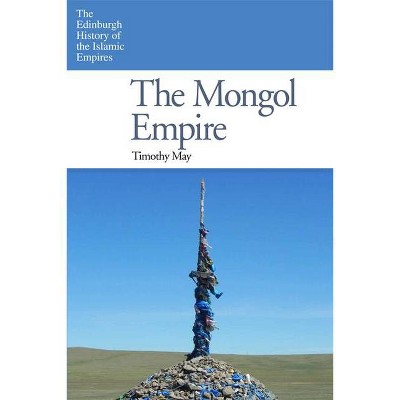
Similar Products
Products of same category from the store
AllProduct info
<p/><br></br><p><b> About the Book </b></p></br></br><p>This book explores the rise and establishment of the Mongol Empire under Chinggis Khan, as well as its expansion and evolution under his successors. It also examines the successor states (Ilkhanate, Chaghatayid Khanate, the Jochid Ulus (Golden Horde), and the Yuan Empire) from the dissolution of the empire in 1260 to the end of each state. </p><p/><br></br><p><b> Book Synopsis </b></p></br></br><p>As the largest contiguous empire in history, the Mongol Empire looms large in history: it permanently changed the map of Eurasia as well as how the world was viewed. As the empire expanded, the Mongols were alternately seen as liberators, destroyers, and harbingers of apocalyptic doom. At the same time, they ushered in an era of religious tolerance and cross-cultural transmission. </p> <p></p> <p>This book explores the rise and establishment of the Mongol Empire under Chinggis Khan, as well as its expansion and evolution under his successors. It also examines the successor states (Ilkhanate, Chaghatayid Khanate, the Jochid Ulus (Golden Horde), and the Yuan Empire) from the dissolution of the empire in 1260 to the end of each state. They are compared in order to reveal how the empire functioned not only at the imperial level but how regional differences manifested. </p><p/><br></br><p><b> From the Back Cover </b></p></br></br>As the largest contiguous empire in history, the Mongol Empire looms large in history: it permanently changed the map of Eurasia as well as how the world was viewed. As the empire expanded, the Mongols were alternately seen as liberators, destroyers and harbingers of apocalyptic doom. At the same time, they ushered in an era of religious tolerance and cross-cultural transmission. This book explores the rise and establishment of the Mongol Empire under Chinggis Khan, as well as its expansion and evolution under his successors. It also examines the successor states - Ilkhanate, Chaghatayid Khanate, the Jochid Ulus (Golden Horde) and the Yuan Empire - from the dissolution of the empire in 1260 to the end of each state. They are compared in order to reveal how the empire functioned not only at the imperial level but how regional differences manifested. Key Features - Provides a holistic narrative of the entire history of the Mongol Empire - Examines the spread of Islam within the Empire and the Mongols' legacy in the Islamic world - Explores the changing nature of authority and the role of women in the Empire - Emphasises how the Mongols viewed their empire and how their culture informed their decisions - Illustrated with images, maps and charts of key places and major figures Timothy May is the Professor of Central Eurasian History and Associate Dean of the College of Arts and Letters at the University of North Georgia and is the author of The Mongol Art of War (2012), Culture and Customs of Mongolia (2009), The Mongol Conquests in World History (2012), and The Mongol Empire: A Historical Encyclopedia (2016). Cover image: Timothy May Cover design: [EUP logo] edinburghuniversitypress.com ISBN 978-0-7486-4237-3 Barcode<p/><br></br><p><b> About the Author </b></p></br></br><p>Timothy May is Professor of Central Eurasian history at the University of North Georgia and is the author of a number of articles, chapters and books including The Mongol Art of War (2007), Culture and Customs of Mongolia (2009), and The Mongol Conquests in World History (2012).<p>
Price History
Cheapest price in the interval: 39.99 on October 27, 2021
Most expensive price in the interval: 39.99 on November 8, 2021
Price Archive shows prices from various stores, lets you see history and find the cheapest. There is no actual sale on the website. For all support, inquiry and suggestion messages communication@pricearchive.us
